Why Aussies are suddenly obsessed with ‘shamanic breathwork’
A “mind-bending” new trend is sweeping the nation, with Australians rushing to experience a “natural high” in record numbers.
OPINION
Lying on my back, the scent of burning sage fills my nostrils. A silk eye mask serves to both shield the soft daylight that floods into the room and heighten my other senses. Soft, ethereal music fills the space, punctuated by the rhythmical, powerful beat of a drum.
“Double inhale … now exhale until you’re empty,” a disembodied voice instructs.
“Keep holding …”
My lungs feel like they’re at bursting point and yet I somehow know that I can hold for longer. My hands became tense, my fingers lightly curling inward and I feel a pulsing through my body. Akin to an electric current, the pulse starts softly and then begins to grow, both in power and pace, until my entire body shakes.
“And now … inhale.”
As I inhale, something unlocks and a wave of sadness comes forth like a mini tsunami. I begin to sob involuntarily – full on chest heaving, ugly crying, the like of which would easily put Gwyneth Paltrow’s infamous weeping during her Best Actress Oscars acceptance speech to shame. And I’m not alone.
Around me, my fellow breath workshop participants are going through their own emotional journeys. I hear a piercing wail from one direction, angry roars in the other and a series of guttural sighs fill the room. An outsider looking in on this scene might surmise that we’re tripping or are members of some strange cult, but there’s nothing illicit or illegal about it. Welcome to the mind-bending world of shamanic breathwork.
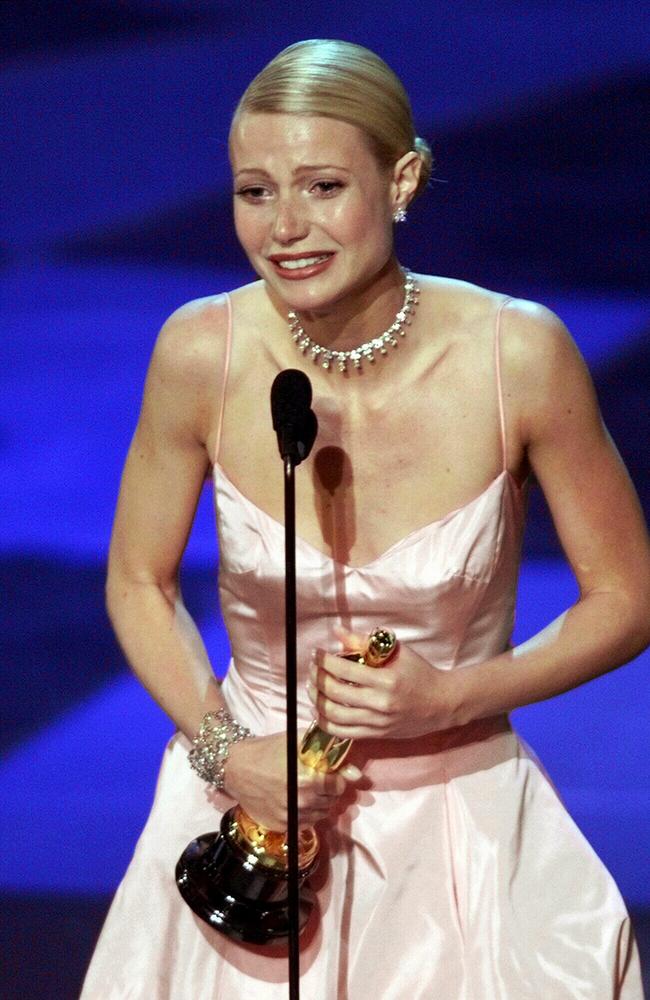
A legal high
Involving rapid, circular breathing to induce an altered state of consciousness – a state similar to one typically seen when using psychedelics – shamanic breathwork is similar to ‘holotropic’ breathwork (a technique pioneered by psychologists in the late 1960s as a response to the crackdown on LSD).
“Just as the science behind the use of psychedelics as therapy is that they facilitate the release of suppressed and repressed emotions and memories in a controlled environment, shamanic breathwork – and similar techniques – have been reported to help with a variety of conditions, including depression, stress, past traumas and chronic pain, and often used as a complementary therapy to traditional psychotherapy,” says Sydney-based ordained shaman, best-selling author, TedX speaker and founder of SAGE Journey, Johnson Chong.
“The main point of difference with shamanic breathwork is that we integrate the healing tradition and cosmology of the Andes mountains. Music, verbal guidance and energy work are also crucial to the process. All of these elements help people tap into parts of their psyche that are not normally accessible during their waking state.”


The breathwork boom
The ancient practice of breathwork is experiencing a modern-day boom. From the serene halls of ancient ashrams to the bustling urban wellness studios of today, the simple act of breathing is having a moment in the collective consciousness.
Fuelled by a growing interest in its reported impact, pioneering figures like Wim Hof – with his extreme cold exposure and breath-holding techniques – have further popularised the practice.
“The basic idea of breathwork is to release toxins and stress when you breathe out and nourish your mind and body when you breathe in,” says Johnson, who – in addition to workshops – also trains aspiring breathwork teachers.
“Breathwork is a deeply felt experience where you learn to feel a sense of trust and safety returning to the body instead of only intellectualising it.
“To me, breathwork is a powerful tool for changing our lives.”
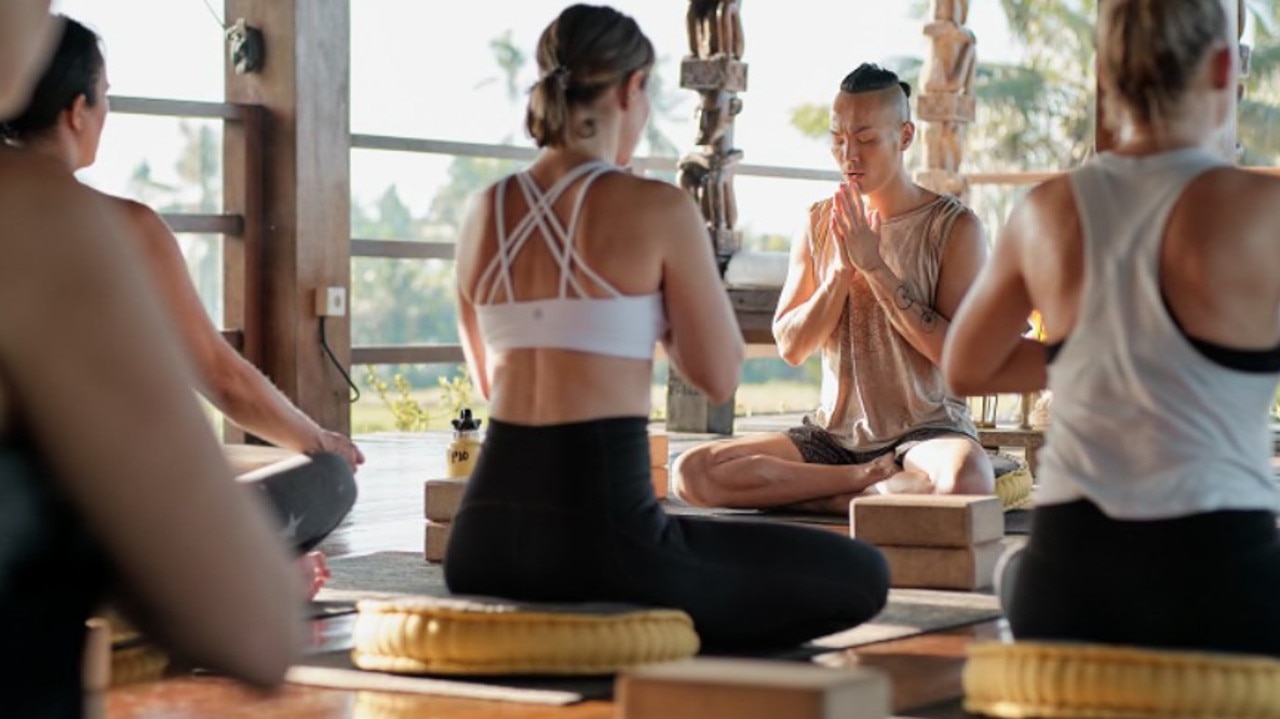
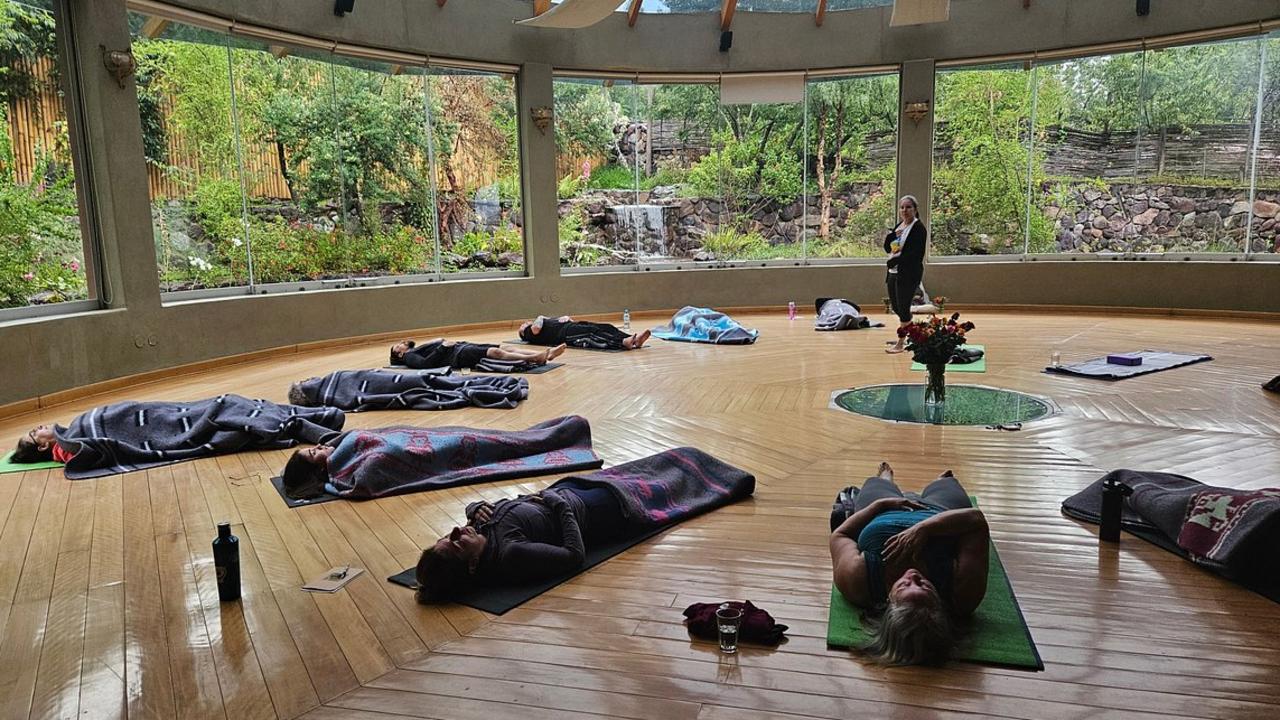
My experience
Lured by grand promises of life-changing revelations, I find myself attending one of Johnson’s weekend daylong shamanic healing retreats alongside 11 other participants.
Ahead of the day, we received instructions to set our intentions – intentions, says Johnson, are paramount for a successful outcome. After several yoga retreats and some deep introspection, my overwhelming desire to control is at the top of my list.
“Intention equals expanded awareness,” he explains.
“The quality of your intentions shows your willingness to stay the process, especially when it gets challenging.”
Arriving, I feel a mix of anticipation and trepidation. Incense and sage fills the air.
Zen flutes play softly in the background. The room has been set up with yoga mats in a circle and candles on the outer perimeter. An altar with a drum, bells, crystals, stones and other shamanic ritual objects sits at the centre of the room.
All participants had a chance to share what they were hoping to unburden within themselves, be it dealing with burnout, divorce, disease or grieving death.
Regardless of where we came from, everyone’s story was relatable in some way.
We had all been either too harsh on ourselves, or overly guilty, fearful, and the like.
For the main event, we had the option to cover our bodies with a blanket and our eyes with the mask provided. I did both. The music on the sound system was turned up, a live musician started beating her African drum and layered on some chanting.
Then we were instructed to deepen the quality of our breaths. It was a circular pattern of breath where the inhale fell into the exhale, and the exhale immediately rose into the inhale. As the breathing intensified, so too did the depth of the experience.
Johnson and the musician began to chant shamanic ceremonial songs to help us go deeper. From time to time, we were given various prompts to contemplate on, which seemed to evoke more emotionality in the experience.
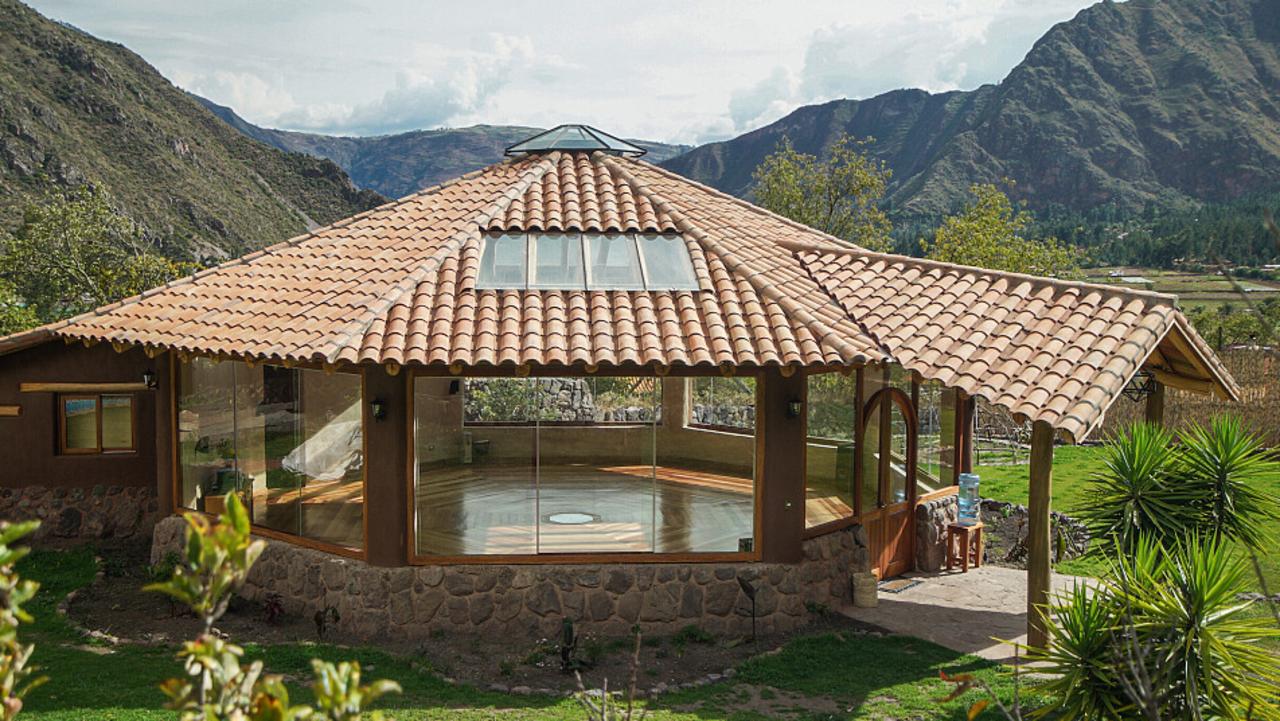
“What old stories hiding underneath the surface need to be met right now?” he asked.
“What parts of yourself are you willing to let go of right now?
“Stay present with the breath, and bring all parts of you to the breathing process.
“Stay out of the head, and let your inner guidance show you the way.”
My body twitching, it felt like an internal battle was taking place – on one side, my overwhelming desire to be in control and on the other, my need for a release of this control. When my first release came, it felt strange. I had the strong urge to cry without understanding why. I wanted to resist it at first, but then I let go. I sobbed audibly and then the tears silently flowed and flowed and flowed – the pillow under my head was soon wet with my tears.
Around me, I heard other participants similarly wailing, others laughing, while others simply lay still and silent, lost in the depths of their own consciousness.
Afterwards, I discovered that Johnson had travelled around the room, supporting everyone’s experiences in various ways. Some people had very physically explosive reactions, while others needed a gentle hold of a hand or cradle of the head.
As the rhythmical breathing intensified, kaleidoscope-like, colourful geometric patterns flashed before me and I felt a sense of peace and tranquillity wash over me, which morphs into a feeling of joy. A surge of emotion envelops me and my lips curl into an ecstatic grin while tears of absolute joy drip down my cheeks.
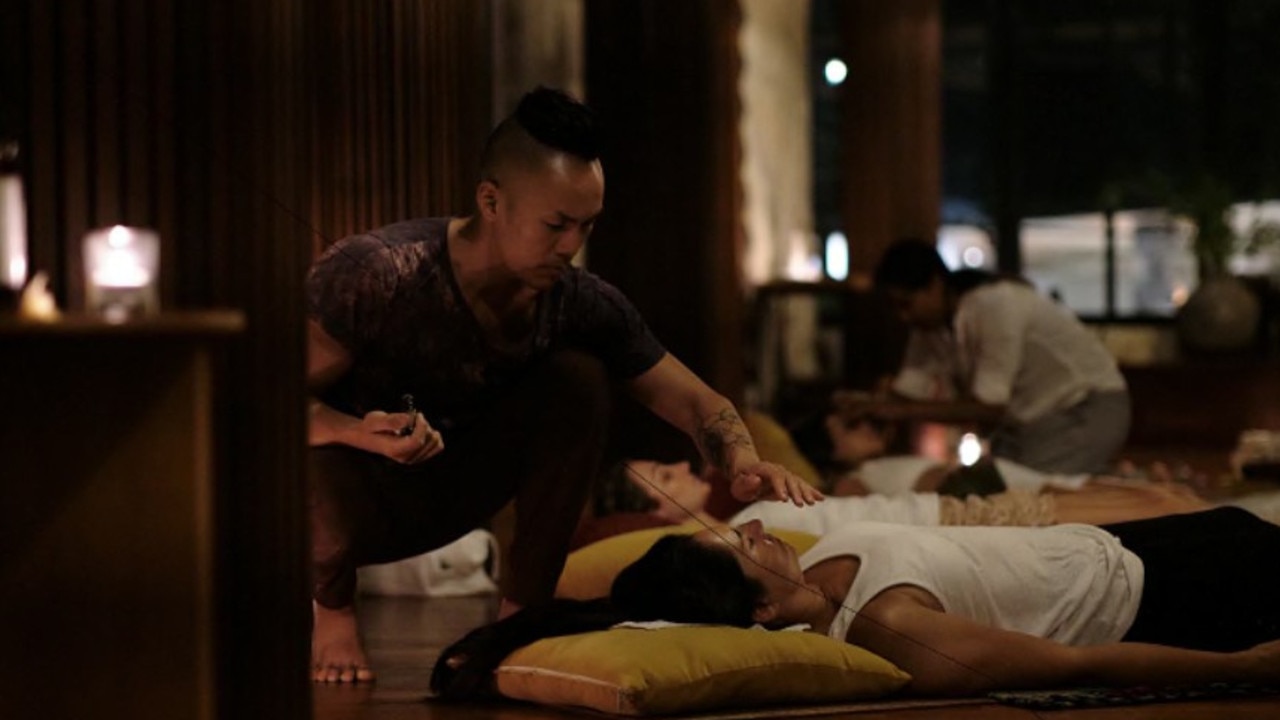
Three hours later – although my sense of time has been completely distorted through the experience – Johnson gradually guides us to return to our normal cadence of breathing. And, as the session draws to a close, I feel like a weight has shifted. I’m exhausted but lighter and happier than I can remember feeling in a long time.
“Everyone’s journey is unique,” Johnson says.
“Some people have more intense emotional expressions, others have more visual hallucinations and feel as if they are reliving moments of their life in a waking dream. While others have a sharpened sense of hearing, and get messages from their inner guidance.
“Whatever the experiences are, speaking them aloud not only helps the mind make sense of what might be described as a ‘mystical’ or psychedelic experience, but it helps others in the group make sense of their experiences as well. We are like dream decoders in the integration circles. We have to find practical takeaways from these experiences that can bring tangible shifts in our daily lives.”

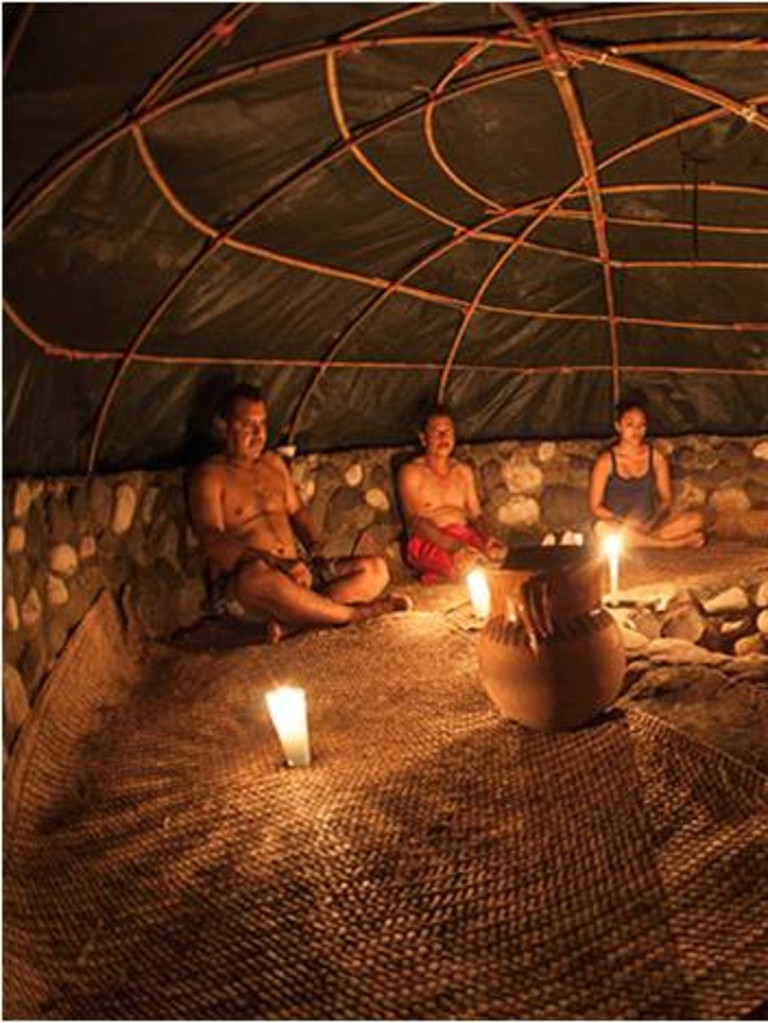
Breathing for a better world
Constant connectivity, social media pressure and political and economic uncertainty have taken a toll on our collective mental wellbeing. And with the world increasingly fractured, the need for anything that helps to facilitate healing is obvious.
“As mystical as breathwork might seem, it really isn’t,” finishes Johnson.
“It is practical and accessible. I think it’s a must have practice in our overstimulating world.”
Though I don’t pretend to know what’s really going on during breathwork, I can say that some sort of deep healing definitely took place. I experienced a profound release of pent-up sorrow, which was followed by exhilarating joy. My inner-critic was silenced and my childlike sense of wonder was released. I emerged from the process with a renewed sense of self-awareness and compassion.
Surrounded by like-minded souls, I experienced a renewed connection with myself, reigniting the process of self-healing. And while I know there’s plenty of work still to be done, in the days and weeks after the retreat when my mind’s inner critic rears its ugly head and my (many) insecurities and doubts surface, I find myself reflecting back to the experience. Plus if all else fails, I know exactly what to do when I’m feeling fraught: just breathe.
The writer was a guest during a SAGE Journey shamanic breathwork journey. Workshops, trainings and retreats are held regularly in Sydney and overseas in places like Bhutan and Peru. For more information visit: www.johnsonchong.com





